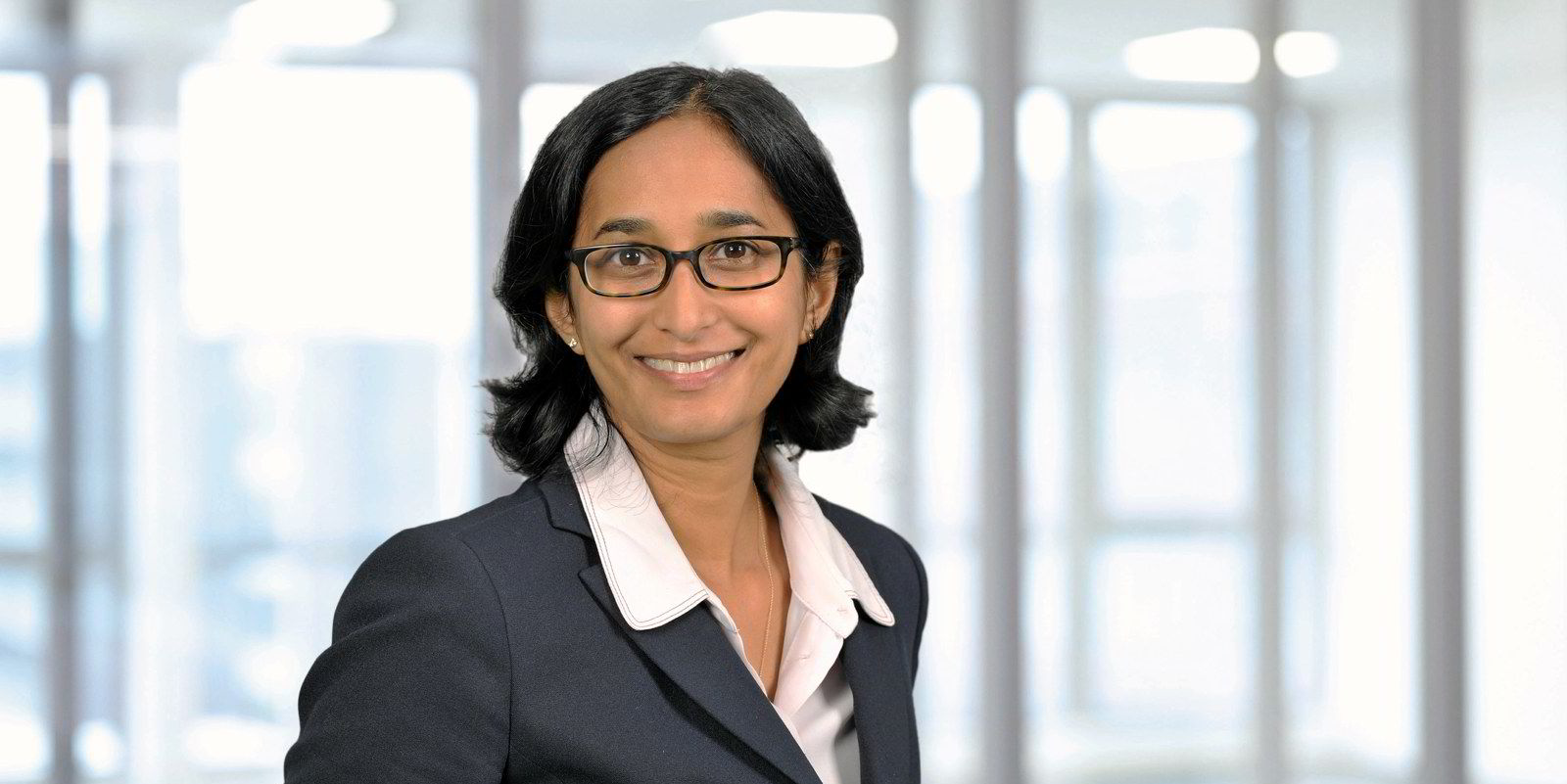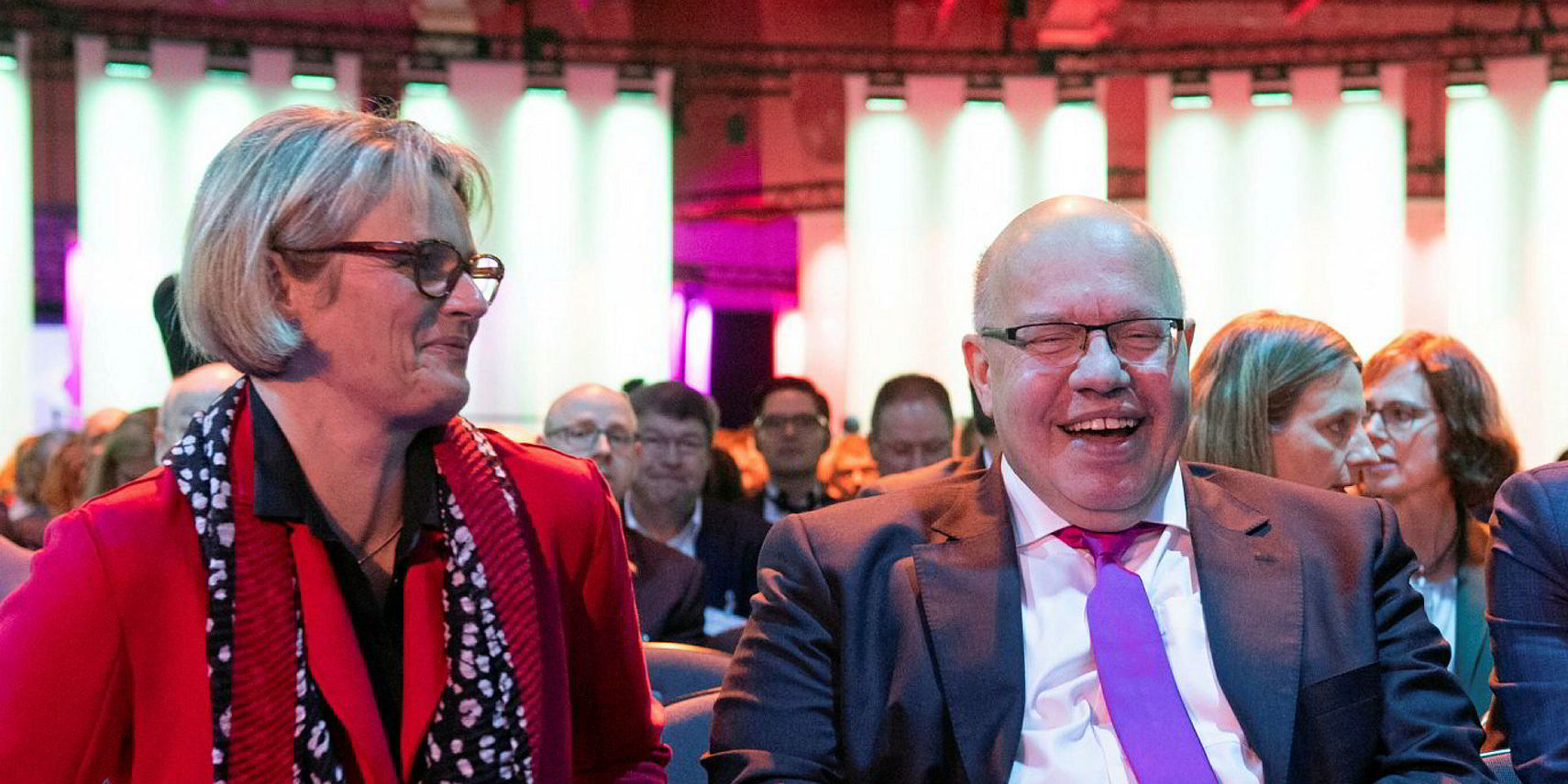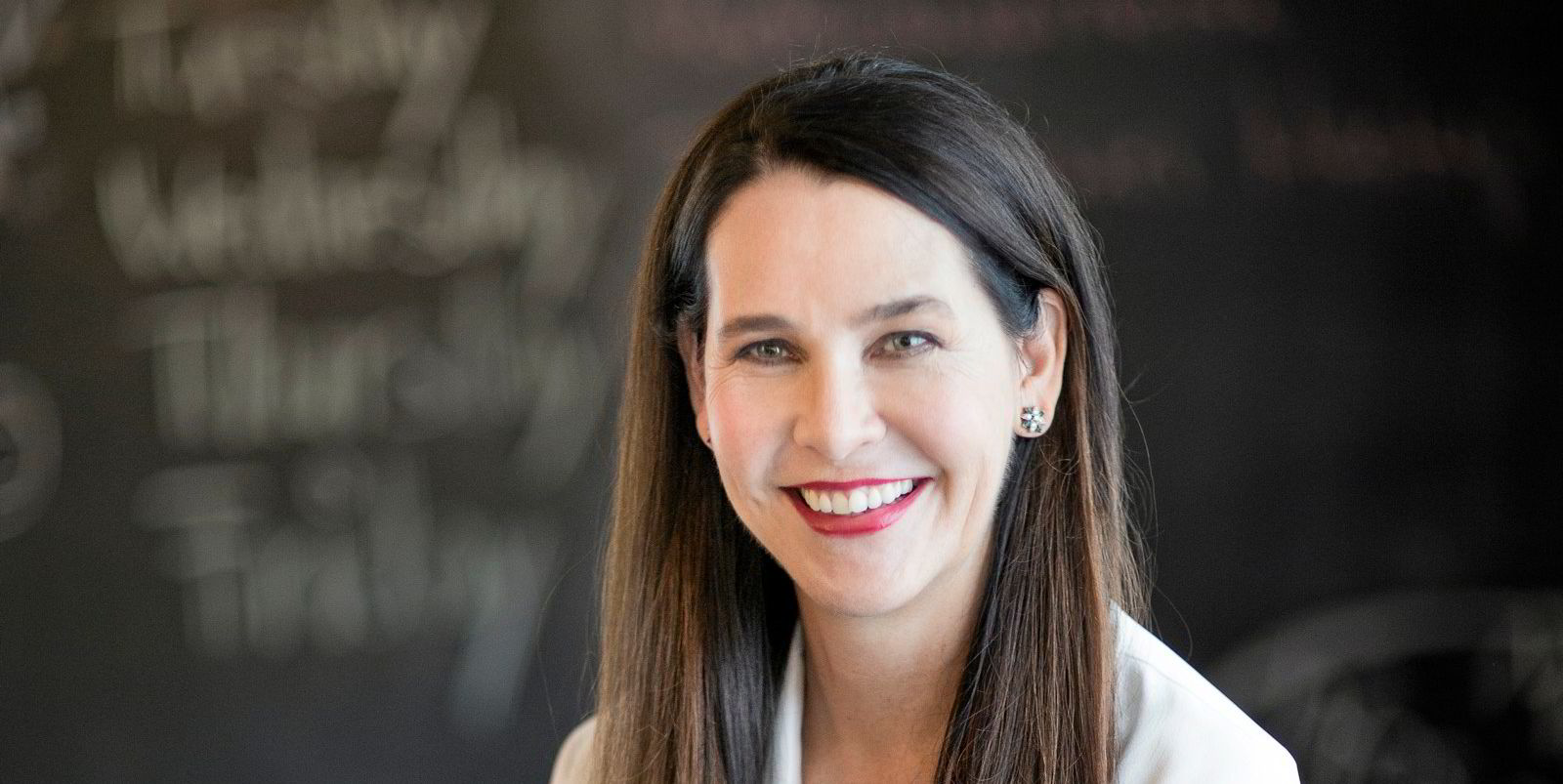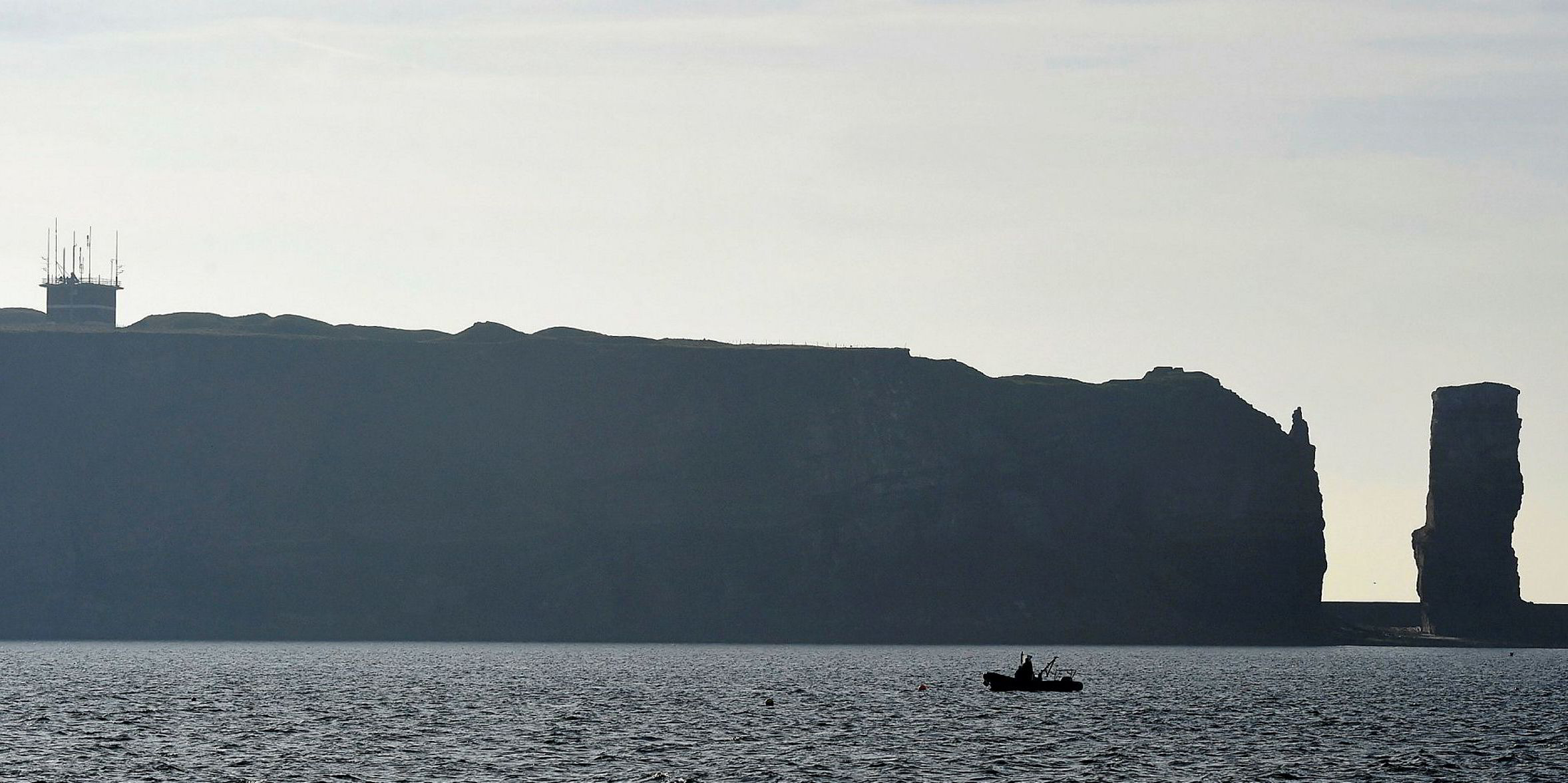Germany’s economics and transport ministries have pre-selected 62 large renewable hydrogen projects to receive support under the EU’s Important Projects of Common European Interest (IPCEI) programme.
The projects - ranging from the AquaVentus offshore-wind-to-hydrogen initiative around the North Sea island of Heligoland to clean steel-making projects by industry giants such as Arcelor Mittal and Salzgitter - are earmarked to receive more than €8bn ($9.71bn) in federal and state funding, if approved by the European Commission.
“We want to become number one in the world in hydrogen technologies,” economics and energy minister Peter Altmaier said.
“To do this, we are pooling our strengths in Europe and pushing massive investments in the future technology hydrogen through the first joint European hydrogen project.
“A central area for this is the steel industry as well as the chemical industry, where several million tons of CO2 can be saved annually through these hydrogen projects.”
Utility RWE is involved in three of the shortlisted projects, among them the GET H2 initiative that involves a 300MW electrolyser at Lingen and a 135 kilometre-long hydrogen pipeline to a steel plant in Salzgitter.
Another RWE projects on the list is the the AquaPrimus 2 sub-project of the giant AquaVentus plan. It targets to produce green hydrogen from up to 10GW of offshore wind and ship it via pipelines to the German mainland.
AquaPrimus consists of two pilot 14MW Siemens Gamesa offshore wind turbines with integrated water electrolysis to be erected off the coast of Heligoland, and then connected to the island by pipeline.
“Hydrogen plays a key role in the decarbonisation of industry. Together with partners, RWE is currently forging ahead on 30 hydrogen projects,” said Sopna Sury, chief operating officer for hydrogen at RWE Generation.
“We are very well positioned for this along the entire hydrogen value chain. We are very pleased that three of these projects have now been nominated to be selected and funded under the IPCEI programme. This gives our hydrogen activities an additional boost.”
The projects now shortlisted include plans for a green hydrogen production of 2GW, or 40% of Germany’s 5GW target for 2030. They also aim for a total of 1,700 kilometres of hydrogen pipelines.
Next to the steel sector, there are also projects in the chemicals industry, for example at BASF’s massive Ludwigshafen chemicals complex.
The European Commission is expected to tell by the end of this year which projects can go ahead under the IPCEI programme.




